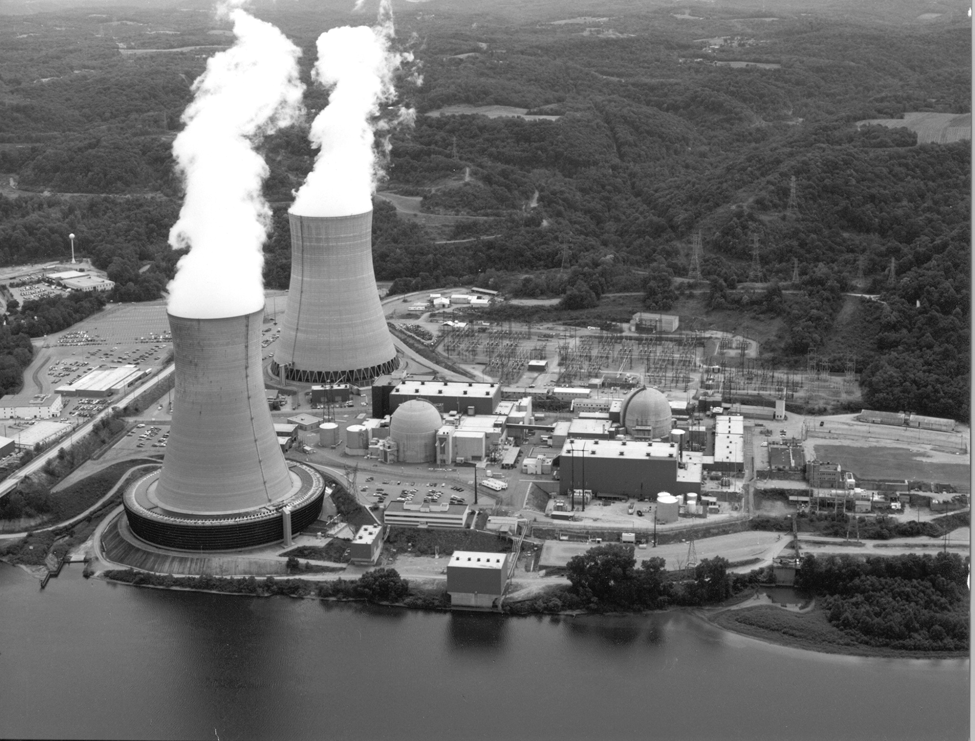There is nothing particularly mysterious about coincidences. Probability theory demands them. But every now and then, a specific coincidence seems to be amazingly appropriate. I just finished a series of post about the new report of the Nuclear Proliferation Prevention from the University of Texas on nuclear power plant security and reactions to the report. Now I see a news item that fits so perfectly with my postings that I just had to add it to the series.
In criticisms of the report, it is pointed out that there are exercises called “force on force” where mock attacks are staged on nuclear power plants to test the security. This is all very good and well, but the problem is that the exercises are classified so it may be difficult to assess just how well the plant security performs. Nonetheless, we do know that a recent federal force on force exercise at a nuclear power plant did not work out so well for the plant operators.
Beaver Valley Nuclear Generating Station is about thirty miles north of Pittsburg, Pennsylvania. It is operated by FirstEnergy Nuclear Operating Corporation which is a holding company for six utilities in that area. There are two Westinghouse pressurized water reactors in operation at Beaver Valley. The NRC defines two danger zones around nuclear reactors, a zone ten miles in diameter for danger of inhalation of airborne particles and a zone fifty miles in diameter where the danger is from drinking liquids and/or eating food that has been contaminated with radioactive particles. There are over three million people within the fifty mile danger zone of Beaver Valley.
FirstEnergy representatives have just requested and been granted a closed door meeting with the Nuclear Regulatory Commission. The topic of discussion will be the failure of the Beaver Valley security forces to perform adequately in a force on force mock attack held last April. During the force on force attack, a paramilitary squad tried to breach plant security and sabotage the reactor. “Armed with laser-type weapons, they attack at night, try to defeat plant security teams, breach walls and other barriers to invade the most protected areas of the plant, which contain the reactor, spent fuel storage and other critical equipment.” The task of the plant security is, of course, to prevent this attack from succeeding. Because the security and force on force exercises are classified, we don’t know exactly how the security team at Beaver Valley failed. We do know that the NRC considered the failure “serious” and is considering issuing a citation for the failure.
The NRC is currently carrying out its assessment of security and safety at all the nuclear power plants in the United States and will issue a report in September. It will be very interesting to review a plant by plant assessment of adequate security. The critics of the NPPP study on nuclear plant security bragged that the Federal Bureau of Investigation and the Office of Homeland Security said that U.S. nuclear plant security was excellent and the public had nothing to fear from terrorists. I pointed out that nuclear plant operators have often been found to violate regulations with respect to safety and security. Right on cue, here is a news item about a nuclear plant security team that failed to protect the plant. I wonder how many more of the nuclear power plants in the U.S. have failed the force on force exercises.
Beaver Valley Nuclear Generating Station:
